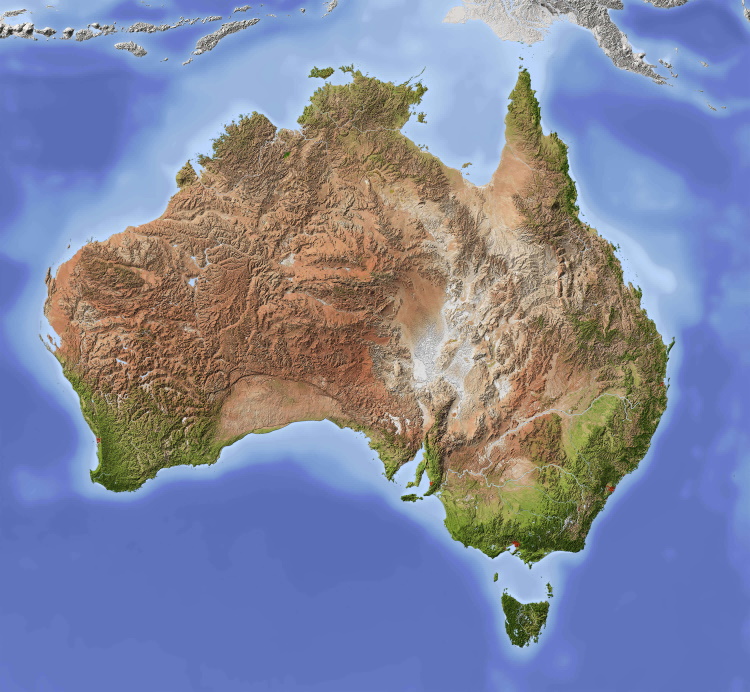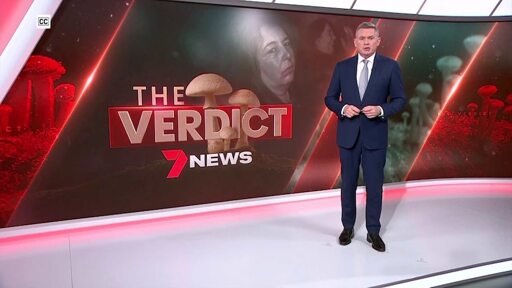

I hope it’s not full of fan service comedy, though. That stuff worked in the animated Mario adaptation, but Zelda is generally a more serious franchise with more adult themes. If it tries to do the family friendly “laughs for all ages” thing it is going to cross over into cringe territory very quickly.






I’m not sure the comparison with a missing tourist is the right one to make in this case. The German backpacker scenario appeals more to us because we feel like we have a responsibility as locals to look after this person who has come to our country as a guest and has run into trouble. I hope that people in other countries feel similarly about Australians in their countries too.
But I definitely agree that there is obvious negative bias against Indigenous and non-white men if we are comparing the way their cases are handled and covered (or not) compared to those of other missing Australians here.